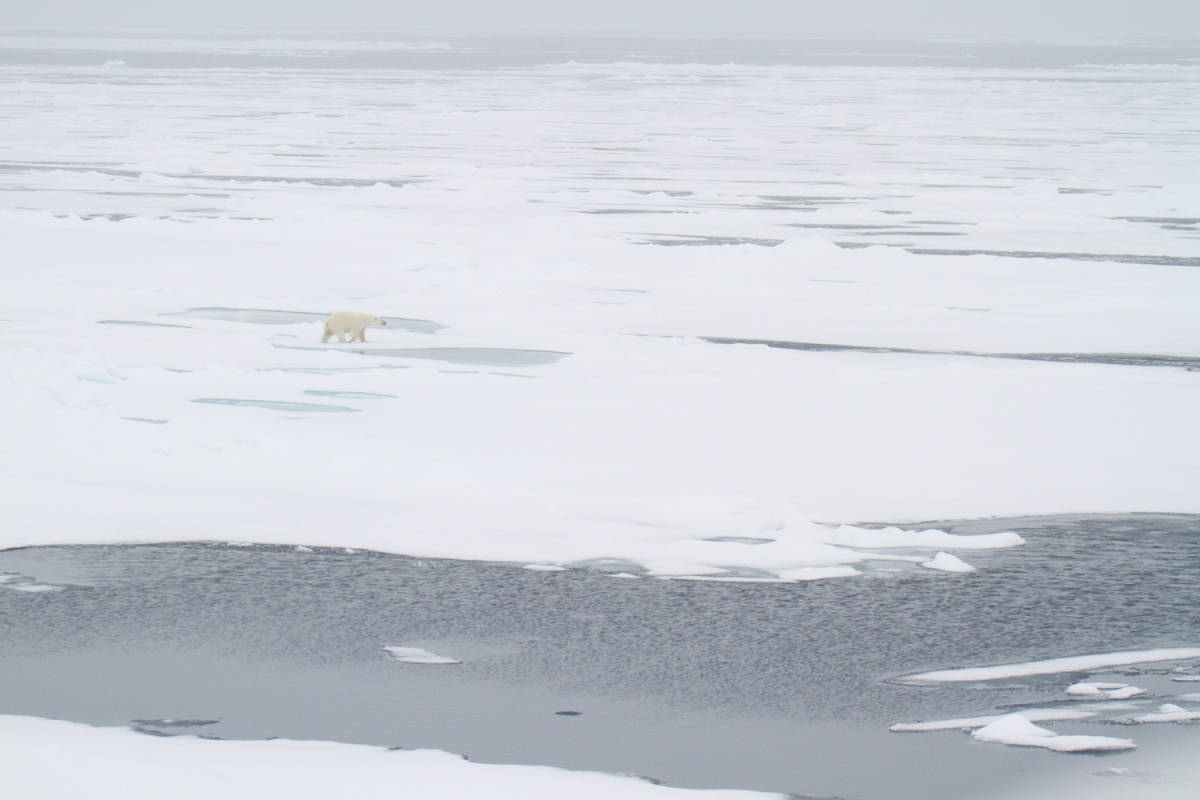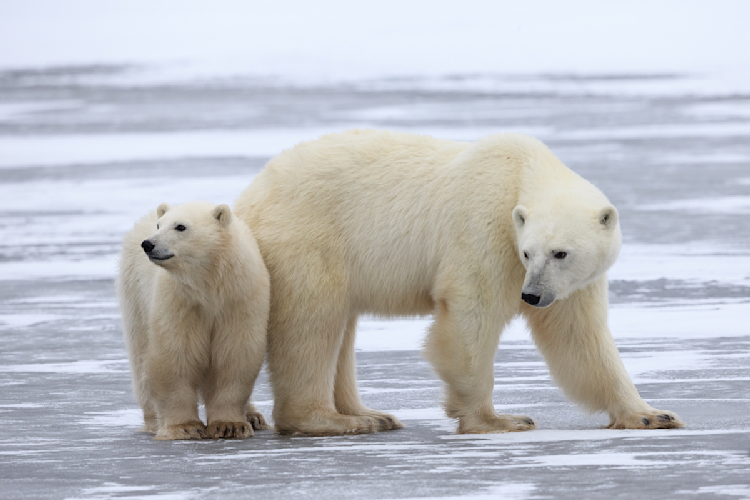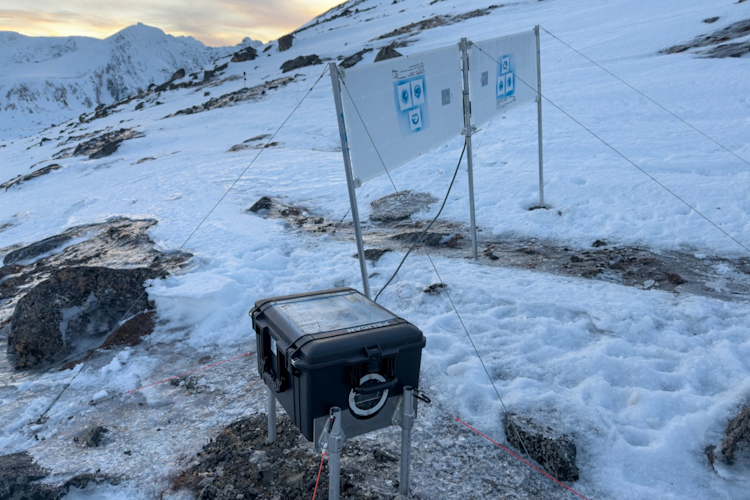How do you feel when someone gets too close to you? What about when someone you don’t know starts running towards you very quickly? What if you lived close to a busy highway? Or if hundreds of large bears came within 100 meters of your home every day? How do you think you would react? If you’re like me, I would be super stressed and scared.
My name is Kamryn Dehn and I just graduated with my MPS in Marine Biology and Ecology from the University of Miami. For my master’s work, I partnered with Polar Bears International to investigate the concept of personal space in polar bears. Like us, bears can become stressed by their environment, especially if there’s a lot of human activity nearby. Responses to activity could manifest as avoidance, increased heart rate, or den abandonment, amongst others. The goal of this project was to better understand what is known about polar bear disturbance and research gaps that need to be addressed.
A look at past studies
To conduct this work, I performed an exhaustive literature search to collect published papers about polar bear reactions to human activity. Originally, I only wanted to compile papers focused on polar bears; however, due to the lack of research conducted on this topic, I also included papers focused on brown bears (Ursus arctos) and American black bears (Ursus americanus). I compiled a list of over 100 papers, and this article reports on findings from the initial 31 papers.
For each paper, I asked three major questions:
1) What bear response was being investigated?
2) How were the bear responses investigated?
3) Did the paper provide a distance value showing the distance that bears responded to the studied human activity? If yes, what was that value?
Bear responses fell into three categories: behavioral, physiological, and population-level. Behavioral responses included avoidance behavior, fleeing, and increased vigilance, amongst others. Physiological responses entailed more cryptic responses like increased cortisol and/or heart rate. Population-level responses included proxies for population growth like den abandonment and poor cub development. Across all three bear species, behavioral responses were the most studied (n = 22) followed by population-level (n = 7), and physiological (n = 5). Several papers focused on multiple response types and were double counted in those cases.
Methods to investigate bear responses could also be categorized into remote methods (i.e., camera traps, GPS and VHF collars, etc.), biological sampling and monitoring methods (i.e., collection of hair or feces, etc.) or observation-based methods like focal sampling. Across three bear species, remote methods represented almost 50% of the methods used. However, when looking specifically at polar bears, remote methods only represented 20% while observation-based methods represented 50%! This is likely because brown and American black bears are comparatively easier to equip with tracking collars and monitor with cameras.
Findings
I found that the distance at which bears react to human activity can vary greatly depending on several factors, especially the type of human activity and environmental conditions, like wind speed. Here are some polar bear examples that have been found so far:
1) Icebreakers: 99 - 2,346 meters
2) Snowmobiles: 141 - 4,903 meters
3) Drones: 240 - 300 meters
These distances represent the initial distance that a bear was determined to respond to the activity and there was a considerable range noted in most observation-based studies. For example, one bear didn’t react to a snowmobile until it was only 141 meters away while another responded at 4,903 meters. This suggests that there are several confounding factors at play, including individual variation due to tolerance and habituation, time of year, and body condition of the bear in question. Sex and age may also play a role as the snowmobile study did find differences in the average reaction distance of adult males and adult females.
Because climate change continues to push bears into human-occupied spaces, it’s necessary to understand how different human activities impact bears behaviorally, physiologically, and at the population level. While this research has found several gaps in this area of study, the work done also helps identify evidence-backed distance values that can be used by park or population managers to mitigate human-bear conflict. Future work should strive to look at physiological reactions to human activity as these are harder to observe than behavioral changes and may alter distance values for specific activities.
I will continue analyzing our collected papers through the summer and report back after the final analysis!

















